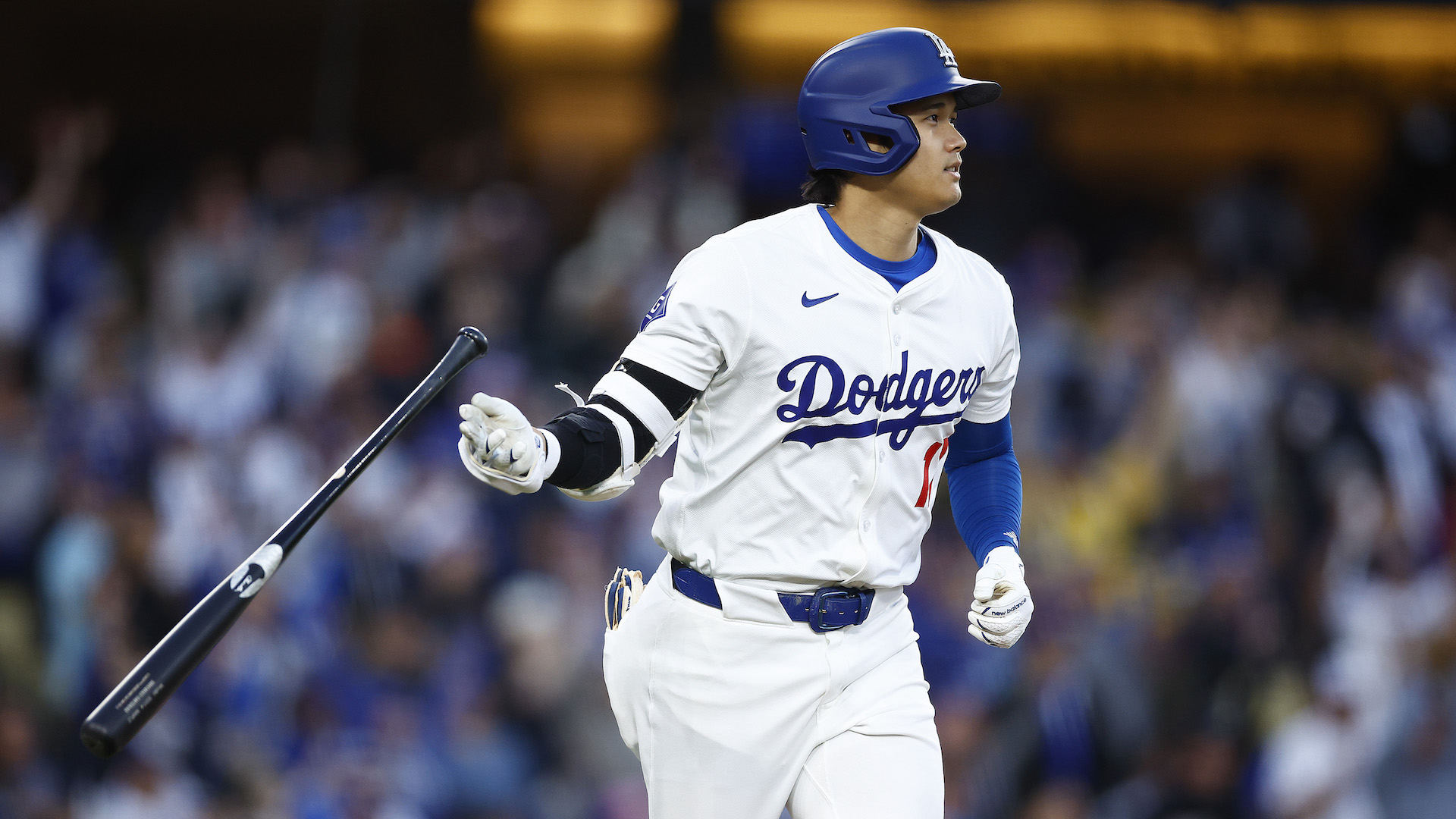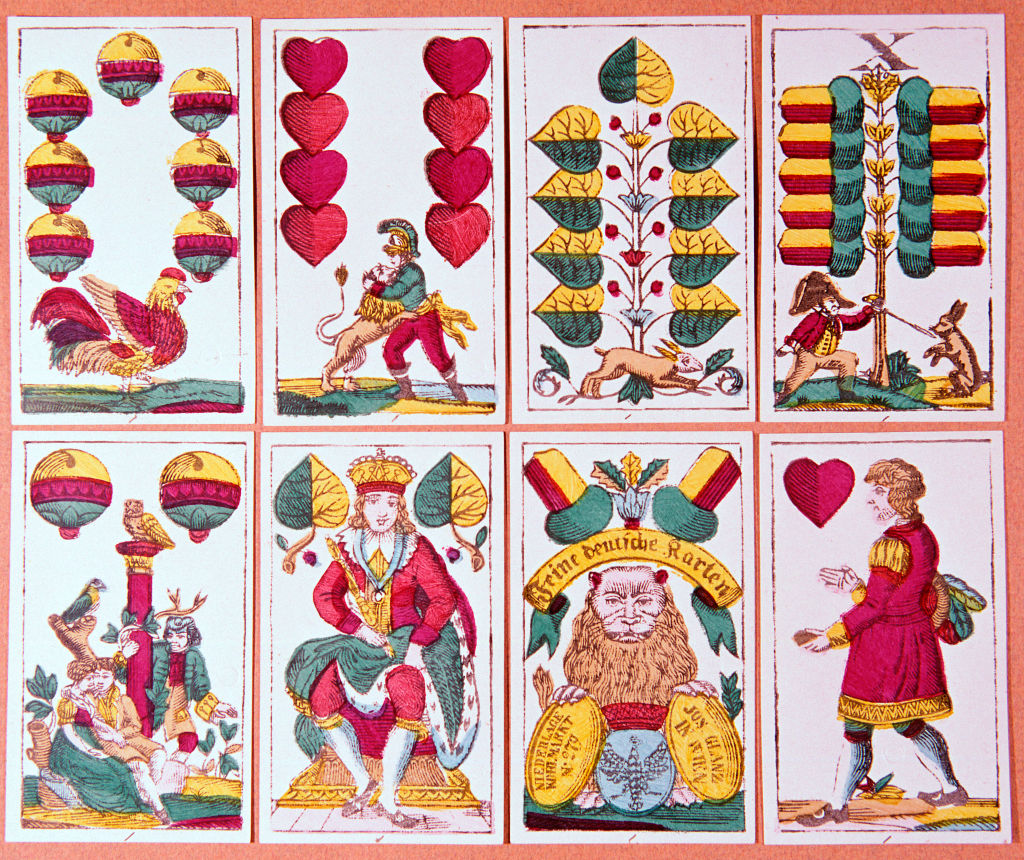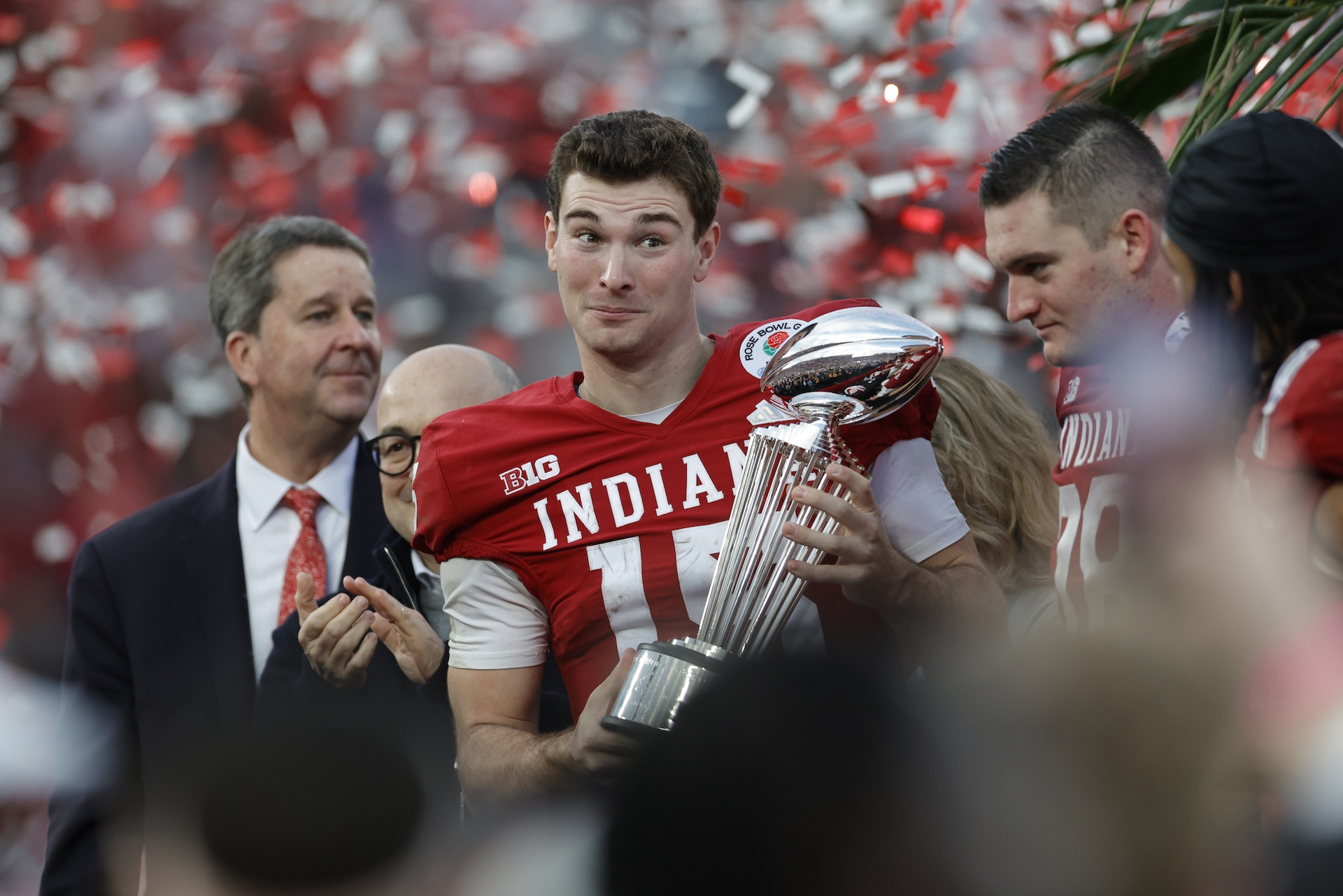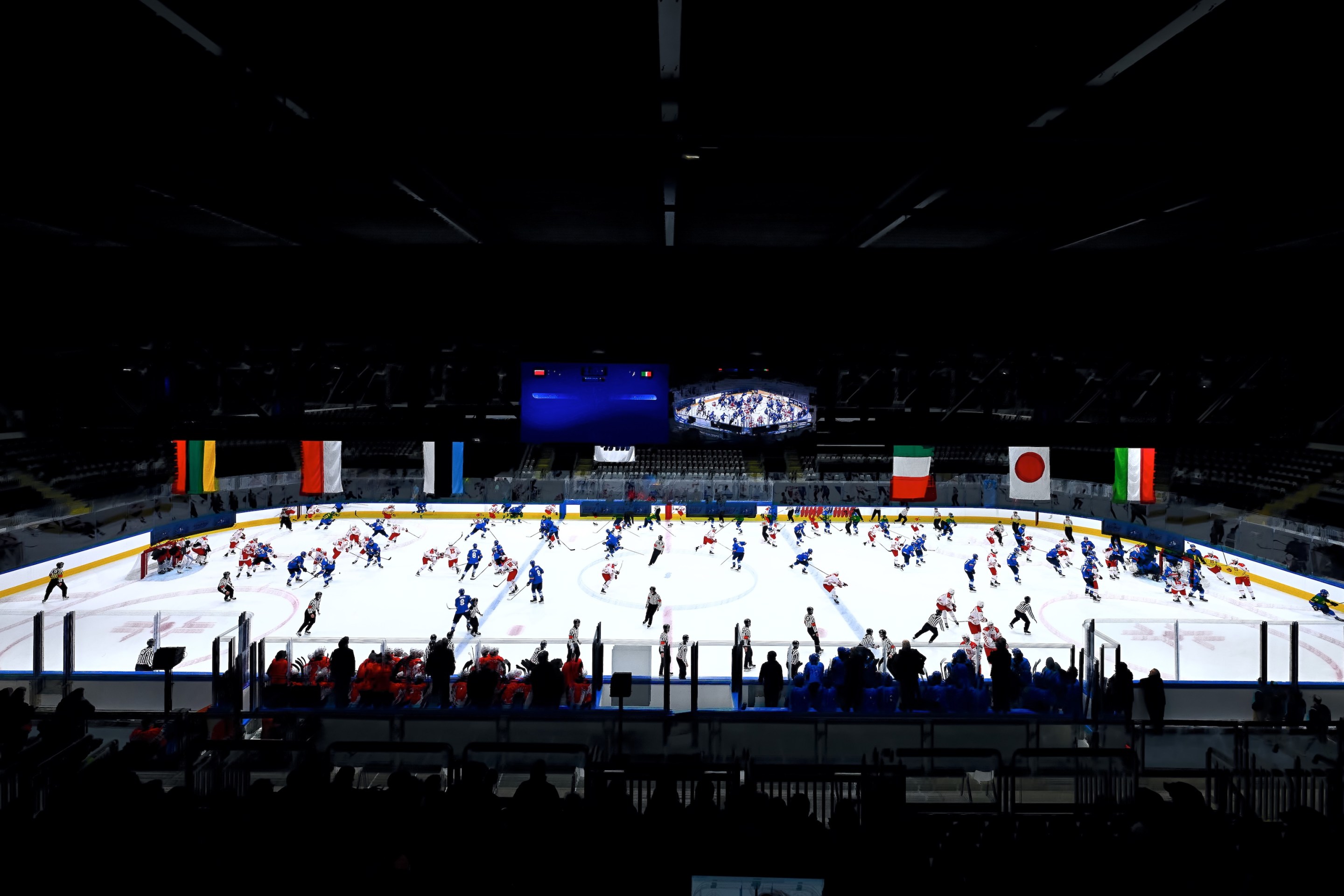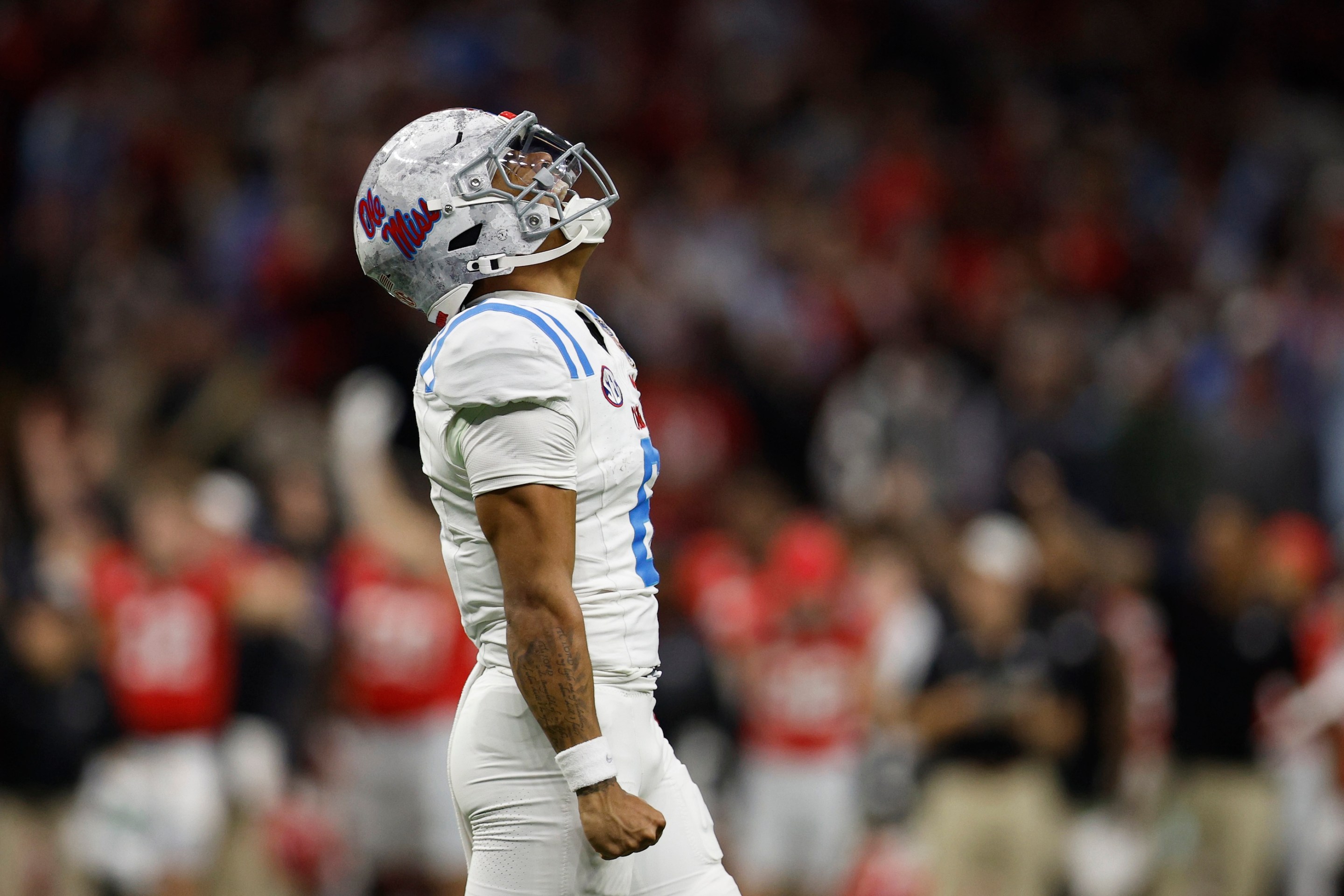Last night was mostly about Walker Buehler, who was finally making his return from Tommy John surgery against the Miami Marlins, who are, in turn, just about the ideal team you'd want to face when returning from injury. Buehler had a decent start—his breaking pitches weren't all there, but he got himself through four innings without having to worry about pitch count limits. It certainly helped that after Buehler gave up two runs in the top of the first inning, Shohei Ohtani came up to bat and smashed a 441-foot, two-run homer to dead center field, with the same gunshot sound that Ohtani homers tend to have.
Ohtani had a characteristically slow start to the season but even in April, his Baseball Savant sliders were a sea of red. He has been freed momentarily from the burden of pitching, and boy can you tell. Now that we're in May, his contact metrics are somehow more red. He has four home runs in as many games, including a two-homer, 4-for-4 day against the Atlanta Braves. So far this month, he is batting .667. Expand that to the entire year, and he's slashing .370/.430/.705 with a wRC+ of 219, which means he's performing a little over two times better than your average Major League hitter. Ohtani is playing Wii baseball out here, both statistically and acoustically, and at a certain point, you would consider just walking him—except you really can't.
It was one thing when Ohtani played on an Angels team with a mostly crabbed Mike Trout—now he's hitting between Mookie Betts and Freddie Freeman, so you get a healthy dose of existential horror along with your awe. This is the full picture of last night's opening inning: Betts got on base, Ohtani hit a two-run homer, and then Freeman came out and hit a second home run for good measure. If Ohtani isn't leading the league in an offensive category, then it's usually Betts; where Ohtani had a slow start, Betts was slugging over 1.000 to open the season. Even Dodger Stadium is helping Ohtani out—the park is the second-most homer-friendly in the league—and, speaking of Wii baseball, the dimensions of its outfield bleachers mean every hard-hit home run carries the sweet possibility, however slim, of becoming a literal out-of-the-park home run.
Ohtani is currently tied with Betts for sixth-most RBI in the league, with 27. He is currently on pace for 118. This is notable because in 2021 and 2022, Ohtani just barely snuck into the top 20 in the league in RBI—in 2023, he didn't even crack the top 30. At the beginning of Bryce Harper's MVP season, Mike Petriello wrote a blog on Harper's low RBI count. At that point in the season, Harper had hit seven home runs and had just 11 RBI—he had batted himself in nearly twice as much as his teammates combined. Unsurprisingly, this number couldn't quite sustain itself. Harper ended the season with 34 home runs and 84 RBI, with a self-RBI rate of 41.7-percent, the eighth-highest self-RBI percentage of the season. Take a look at the top five among qualified hitters:
2021 Self-RBI% Leaders:
1. Cedric Mullins, 50.8% (30 HR, 59 RBI)
2. Joey Gallo, 49.3% (38 HR, 77 RBI)
3. Shohei Ohtani, 46.0% (46 HR, 100 RBI)
4. Marcus Semien, 44.1% (45 HR, 102 RBI)
5. Fernando Tatis Jr., 43.3% (42 HR, 97 RBI)
Here's another Trout injury season, in 2023:
2023 Self-RBI% Leaders:
1. Jorge Soler, 48.0% (36 HR, 75 RBI)
2. Luis Robert Jr., 47.5% (38 HR, 80 RBI)
3. Shohei Ohtani, 46.3% (44 HR, 95 RBI)
4. Kyle Schwarber, 45.2% (47 HR, 104 RBI)
5. Brent Rooker, 43.5% (30 HR, 100 RBI)
Having a high self-RBI percentage doesn't necessarily mean that your team is absolute dog. Aaron Judge was third in self-RBI percentage in 2022 because the man hit 62 damn home runs. Kyle Schwarber crops up on these lists because the man loves hitting lead-off home runs. Ohtani still ranks 16th in 2024 because the man leads the league in home runs. But there's a reason why RBI can no longer win you MVP awards, and that's because you can't do anything if nobody on your team gets on base. This is why Trout, who Ohtani cruelly abandoned with the Angels, still leads the league in self-RBI percentage this year, with 14 RBI on 10 HR, for a self-RBI percentage of 71.4, at least until he no longer qualifies for the leaderboards.
In his blog, Petriello noted that in the power-heavy era of baseball, the best place in the lineup for your best hitter to be has increasingly become second. If they bat first, there likely won't be anyone for them to bat in. If they bat third, they'll often come up to bat with two outs and no one on—even if they get on base, it'll be unlikely that the team can rally off of it. If they bat fourth, the opposing team will be glad for a chance to have one less inning where they bat. But if they bat second, there's both a shot of moving or batting in the lead-off guy, and the rest of the team is set up well to capitalize on the runners on base.
Ohtani spent most of his 2021 batting second behind David Fletcher, but in 2022 and 2023, he split some time batting lead-off or third, behind Trout, Taylor Ward, Luis Renfigo, and the like. Meanwhile, in the Dodgers lineup, he has spent every single game he's played batting second behind Betts, and it shows. Ohtani's walks are down this season, but Betts has been the platonic lead-off hitter. He walks a lot—nearly 17 percent of the time—and he does not strike out—only just over 9 percent of the time. Twenty four percent of Ohtani's pitches this season have been with runners in scoring position, and 49 percent have been with runners on base; the closest Ohtani got to this point on the Angels was 2021, when roughly 20 percent of his pitches came with RISP. In 2022, that number was under 16 percent.
And that's only the "batting after Mookie Betts" part of the equation. On the "batting before Freddie Freeman" side, there are four Dodgers in the top-six in the league in terms of percentage of pitches seen with RISP (the other two are, you guessed it, on the Atlanta Braves). In order, it goes: Will Smith, Max Muncy, Freeman, and Teoscar Hernández, with over a third of their pitches coming with RISP. It's still early in the season, but for the Dodgers stalwarts of that group, it's a margin above even their past seasons, which have capped at about 30 percent. As a team, the Dodgers see the fewest percentage of pitches without anyone on base—for good measure, they also hit the best in those situations.
Everyone always knew that the Dodgers would elevate Ohtani, but this is the other side of it, which is weirdly easy to forget beyond the simple joy of watching Ohtani rake: He makes the Dodgers better too. This is incredible for Dodgers fans and a real monkey's paw moment for basically everyone else in the league. We wanted to see Ohtani play meaningful baseball? This is what we get, and we can only pray that he will spare us when the time comes.
